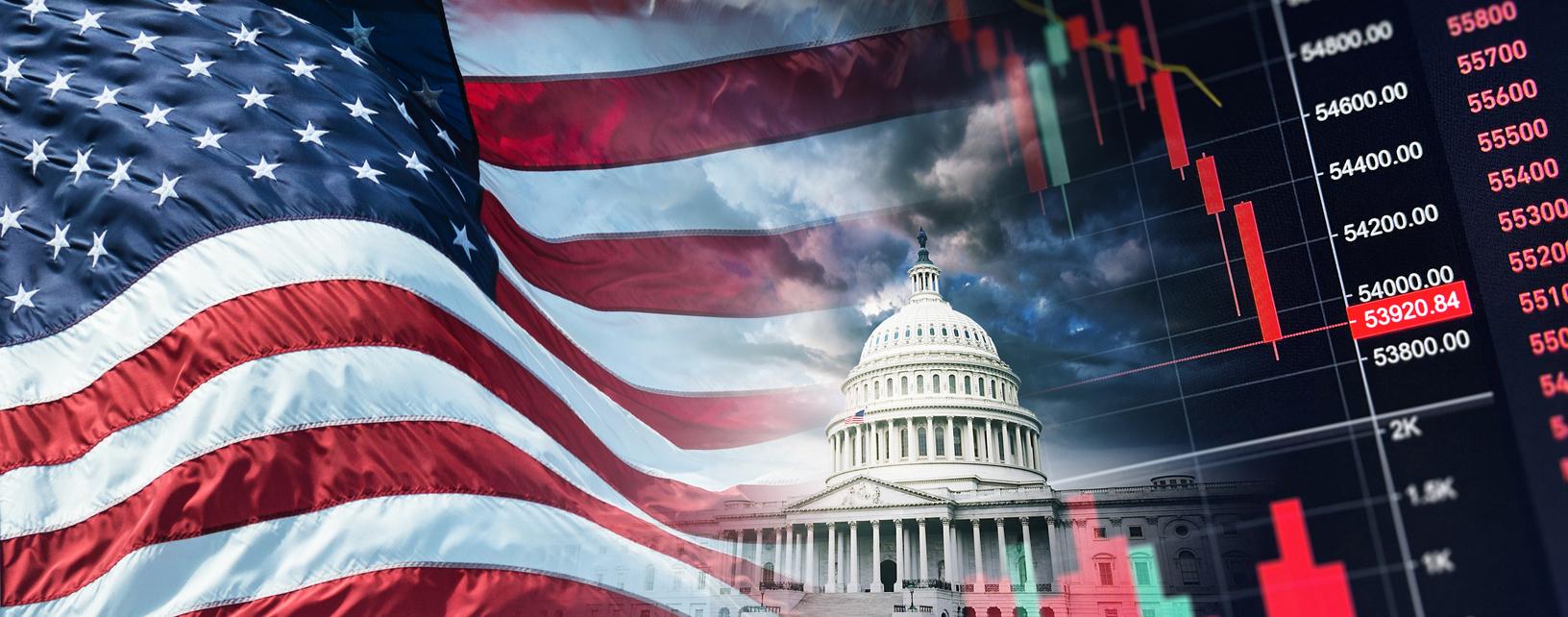Disponible en anglais seulement
In the U.S., inflation has been persistent and it’s one of the trickiest indexes to measure from an economic standpoint, according to Erik Johnson, Senior Economist and Vice President, BMO Economics.
In this Sustainability Leaders episode, Alma Cortés Selva sat down with Erik Johnson to discuss U.S. inflation, housing costs, and extreme weather events.
Sustainability Leaders podcast is live on all major channels, including Apple and Spotify.
